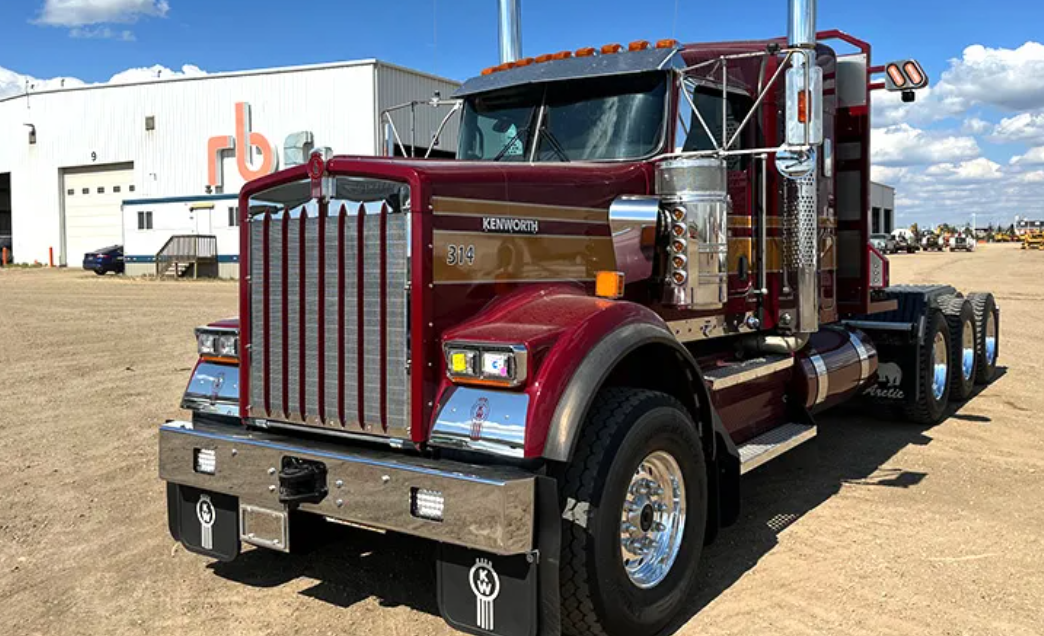How They Work and Their Role in Regulations

As a trucker, you've likely heard a lot about Electronic Logging Devices (ELDs). But what exactly are they, and why are they so crucial in the trucking industry? This comprehensive guide will answer all your questions about ELDs, from how they function to their role in ensuring compliance with regulations. Let's dive in!
What are ELDs?
Electronic Logging Devices (ELDs) are electronic solutions that automatically record a driver's driving time and other aspects of their hours of service (HOS). These devices replace traditional paper logbooks and are designed to make tracking, managing, and sharing records of duty status (RODS) more efficient and accurate.
How Do ELDs Work?
ELDs are connected to a truck's engine and monitor key data points such as:
- Engine hours
- Vehicle movement
- Miles driven
- Driver's identification
- Duty status
This data is then displayed in a user-friendly interface for drivers to review and edit as necessary. The device also transfers this information to a centralized system for fleet managers to access.
Why Are ELDs Important?
1. Regulatory Compliance
The primary reason for the implementation of ELDs is to ensure compliance with the Federal Motor Carrier Safety Administration (FMCSA) regulations. The FMCSA mandates that drivers adhere to specific hours of service (HOS) to prevent fatigue-related accidents. ELDs automate the logging process, reducing the risk of errors and ensuring that drivers cannot exceed their legal driving limits.
2. Improved Safety
By strictly monitoring driving hours, ELDs help reduce driver fatigue, which is a significant cause of accidents on the road. Ensuring drivers have adequate rest improves overall road safety for everyone.
3. Efficiency and Productivity
ELDs streamline the process of tracking HOS, which means less time spent on paperwork and more time on the road. For fleet managers, having real-time data on each truck's status allows for better planning and dispatching, ultimately boosting productivity.
4. Accurate Records
ELDs provide precise data logs that are tamper-proof, making it easier to resolve disputes over HOS violations or accidents. This accuracy also helps during audits, as all records are automatically stored and easily retrievable.
ELD Mandate: What You Need to Know
The ELD Mandate is a regulation issued by the FMCSA that requires commercial motor vehicle drivers to use ELDs to record their HOS. Here are the key points:
- Who Must Comply: All commercial motor vehicle drivers who are currently required to maintain RODS must switch to ELDs. This includes most truck drivers and fleet operators.
- Implementation Phases: The ELD mandate was phased in over several years, with full compliance required by December 2019.
- Exemptions: Some drivers are exempt from the mandate, including those who operate vehicles older than model year 2000 and those who drive under certain short-haul exceptions.
Choosing the Right ELD
With numerous ELD options available, choosing the right one can be daunting. Here are some factors to consider:
- Compliance: Ensure the ELD is FMCSA-certified.
- Ease of Use: The device should have an intuitive interface that is easy for drivers to operate.
- Integration: Look for ELDs that integrate seamlessly with your fleet management system.
- Customer Support: Opt for providers that offer robust customer support to help with installation and troubleshooting.
Conclusion
Understanding ELDs and their role in the trucking industry is essential for staying compliant and enhancing safety and efficiency. By automating the logging process, ELDs help drivers and fleet managers maintain accurate records, reduce paperwork, and improve overall road safety. As a trucker, embracing ELD technology is not just about meeting regulatory requirements—it's about making your job easier and safer. Stay compliant, stay safe, and drive efficiently with the right ELD solution.
At Bloom
At Bloom we use United ELD, and it runs on a tablet. But if you are looking for a job, we are looking for drivers. We pay 82% gross load. This is beneficial for strong drivers with a decent work ethic, you will earn based on the actual load rather than mere miles. Our drivers average $3,000 plus a week take home pay after all expenses, like fuel, truck rent, etc. If you have Grit, and the endurance to consistently deliver loads and run for at least three weeks at a time, you can take home $150K a year. If you are interested, apply now.



office & Parking depot
5120 Belmont Rd Unit K, Downers Grove, IL 60515, USA
Hours of operation
Mon - Sun: 7am-5pm
